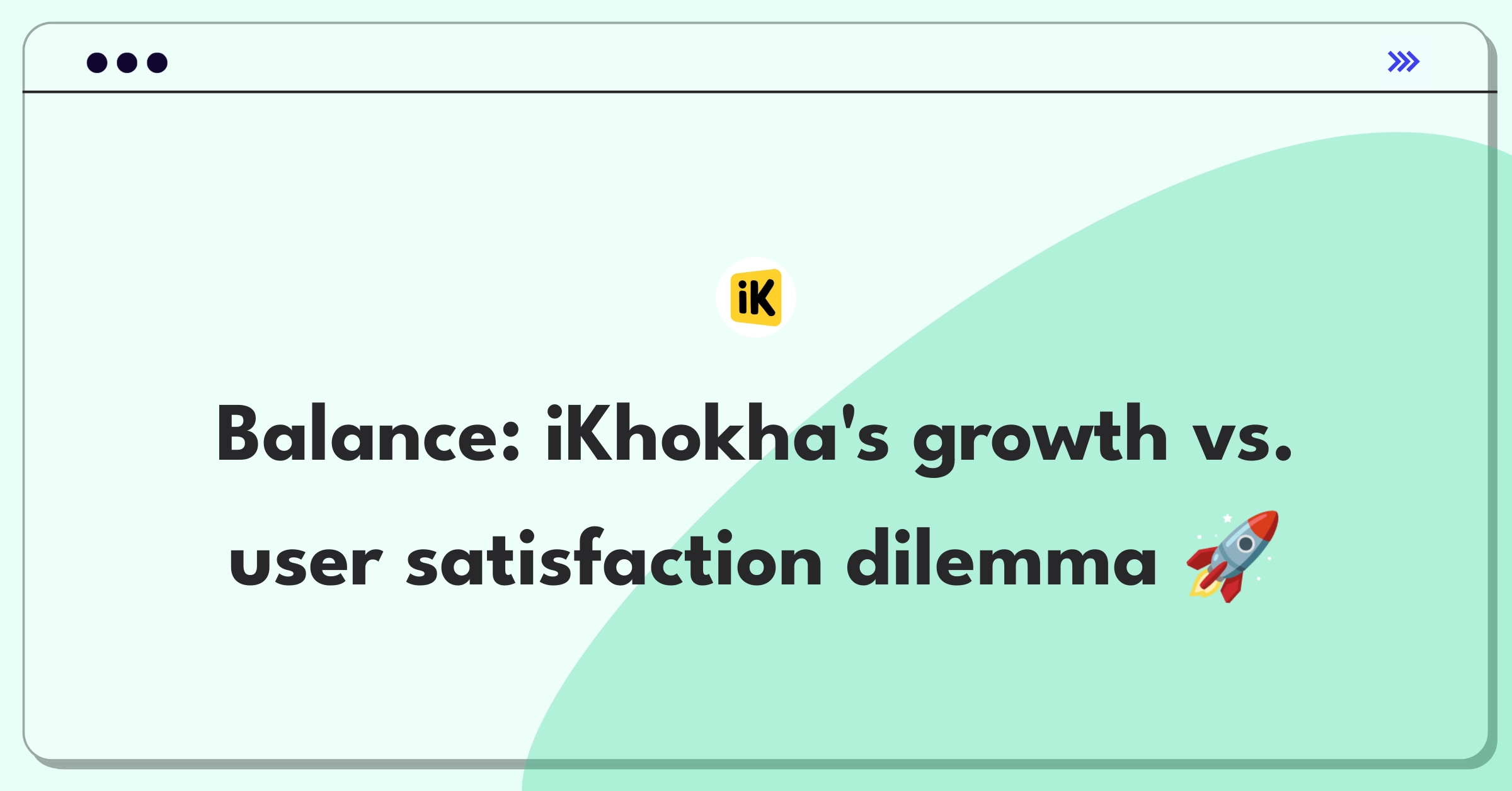Introduction
The trade-off question at hand is whether iKhokha should prioritize adding new features to attract merchants or focus on improving existing functionality for current users. This scenario presents a classic product management dilemma: balancing growth with user satisfaction. I'll analyze this trade-off by examining the current product landscape, potential impacts, and data-driven decision-making processes.
Analysis Approach
I'll approach this analysis systematically, considering both short-term gains and long-term strategic implications. My goal is to provide a balanced recommendation that aligns with iKhokha's business objectives while maximizing value for both new and existing merchants.
Step 1
Clarifying Questions (3 minutes)
Why it matters: Helps determine if we should prioritize acquisition or retention Expected answer: Aggressive growth targets, aiming to double market share Impact on approach: Would lean towards new features for merchant acquisition
Why it matters: Influences whether we should focus on increasing transaction volume or diversifying revenue Expected answer: Primarily transaction-based, with some subscription elements Impact on approach: Might suggest a balanced approach between new features and existing functionality improvements
Why it matters: Helps assess the urgency of improving existing functionality Expected answer: Moderate churn rate, with usability issues cited as a common reason Impact on approach: Could prioritize improving existing features to reduce churn
Why it matters: Determines the feasibility and timeline for adding new features Expected answer: Modular architecture allows for relatively easy integration Impact on approach: Might favor a phased approach, gradually introducing new features
Why it matters: Influences how we can distribute efforts between new and existing features Expected answer: Small, cross-functional teams that handle both aspects Impact on approach: Might suggest alternating sprints between new features and improvements
Subscribe to access the full answer
Monthly Plan
The perfect plan for PMs who are in the final leg of their interview preparation
$99 /month
- Access to 8,000+ PM Questions
- 10 AI resume reviews credits
- Access to company guides
- Basic email support
- Access to community Q&A
Yearly Plan
The ultimate plan for aspiring PMs, SPMs and those preparing for big-tech
$99 $33 /month
- Everything in monthly plan
- Priority queue for AI resume review
- Monthly/Weekly newsletters
- Access to premium features
- Priority response to requested question


.png)